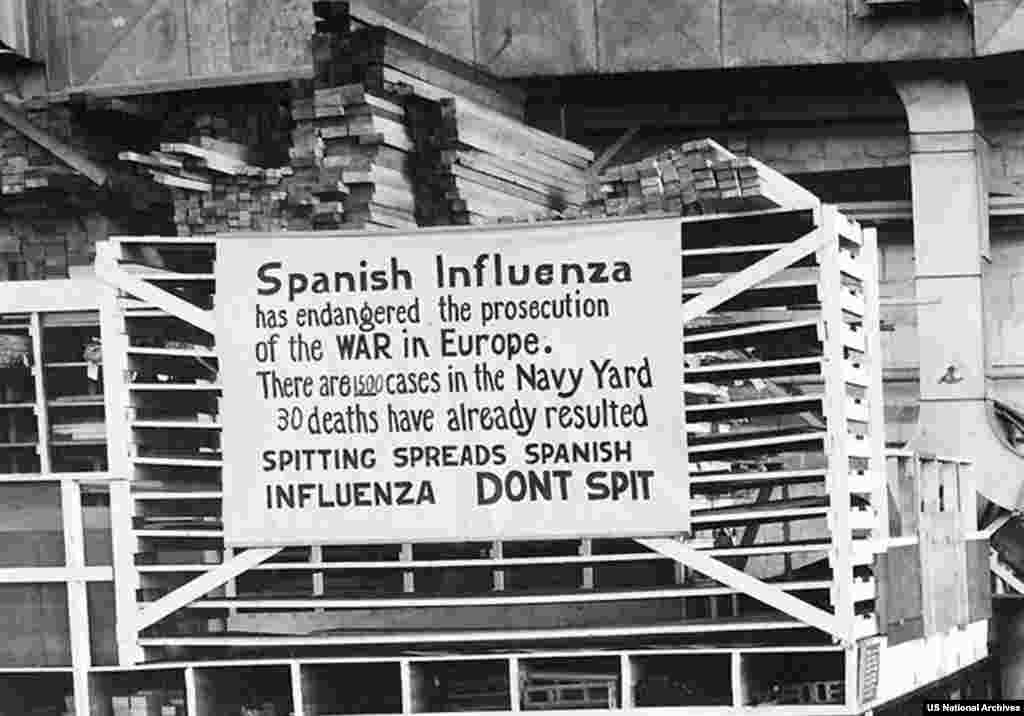In 1918, a strain of influenza known as Spanish flu caused a global pandemic, spreading rapidly and killing indiscriminately. Young, old, sick and otherwise-healthy people all became infected, and at least 10% of patients died.
The most recent comparable flu pandemic occurred in 2009 to 2010, after a new form of the H1N1 influenza strain appeared. The disease was named the "swine flu" because the virus that causes it is similar to one found in pigs (not because the virus came from pigs).
The swine flu caused respiratory illnesses that killed an estimated 151,700-575,400 people worldwide in the first year, according to the Centers for Disease Prevention and Control. That was about 0.001% to 0.007% of the world's population, so this pandemic was much less impactful than the 1918 Spanish flu pandemic. About 80% of the deaths caused by swine flu occurred in people younger than 65, which was unusual. Typically, 70% to 90% of deaths caused by seasonal influenza are in people older than 65.
A vaccine for the influenza strain that causes swine flu is now included in annual flu vaccines. People still die from the flu every year, but the numbers are far lower, on average, compared to those for the swine flu or Spanish flu pandemics. Annual epidemics of seasonal flu result in about 3 million to 5 million cases of severe illness and about 290,000 to 650,000 deaths, according to the World Health Organization.
By the spring of 1919, the numbers of deaths from the Spanish flu were decreasing. Countries were left devastated in the wake of the outbreak, as medical professionals had been unable to halt the spread of the disease. The pandemic echoed what had happened 500 years earlier, when the Black Death wreaked chaos around the world.
Nancy Bristow's book "American Pandemic: The Lost Worlds of the 1918 Influenza Epidemic" (Oxford University Press, 2016) explains that the virus affected as many as 500 million people around the world. At the time, this represented a third of the global population. As many as 50 million people died from the virus, though the true figure is thought to be even higher.
Bristow estimates that the virus infected as much as 25% of the U.S. population, and among members of the U.S. Navy, this number reached up to 40%, possibly due to the conditions of serving at sea. The flu had killed 200,000 Americans by the end of October 1918, and Bristow claims that the pandemic killed over 675,000 Americans in total. The impact on the population was so severe that in 1918, American life expectancy was reduced by 12 years.
Bodies piled up to such an extent that cemeteries were overwhelmed and families had to dig graves for their relatives. The deaths created a shortage of farmworkers, which affected the late summer harvest. As in Britain, a lack of staff and resources put other services, such as waste collection, under pressure.
The pandemic spread to Asia, Africa, South America and the South Pacific. In India, the mortality rate reached 50 deaths per 1,000 people — a shocking figure.

